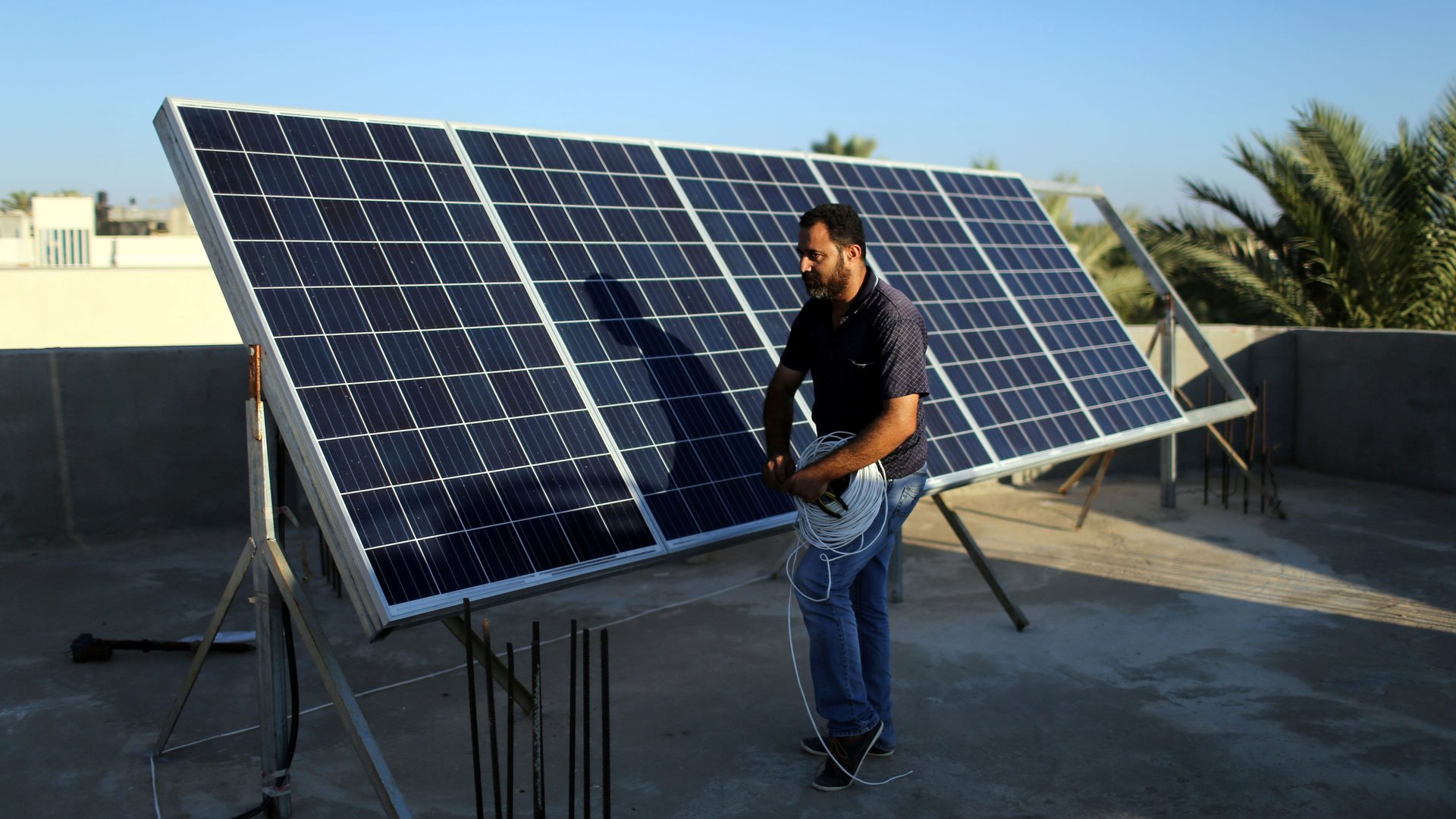Pune has stolen a march over other cities in India’s rooftop solar energy race
A non-metropolitan city in western India has emerged as a winner in rooftop solar energy.


A non-metropolitan city in western India has emerged as a winner in rooftop solar energy.
Pune, the second-largest city in Maharashtra, has beaten Delhi, Mumbai, and Chennai with its 130 megawatts (MW) of rooftop solar power generation capacity, according to data from Bridge to India, a renewable energy consultancy.
“Pune is one of the biggest industrial zones in India. Industrial buildings have rooftop solar adoption because they have higher rooftop area and are also charged higher electricity rates,” said Vinay Rustagi, managing director at Bridge to India.
Bumpy ride
Commercial and industrial buildings form the bulk of the demand for rooftop solar panels. Indian states charge these customers much higher rates for electricity than households, which acts as a push for them to invest in solar panels and generate their own power. Due to the bigger size of these buildings, banks and renewable energy firms are more willing to give them loans for the initial cost of setting up the panels.
The total installed capacity of grid-connected rooftop solar panels in India is 2.24 gigawatts (GW), well short of the 2022 target of 40GW that prime minister Narendra Modi’s government had set in 2015.
The government offers subsidies for installing solar panels on residential and institutional buildings, but these have failed to accelerate growth in these segments.
The adoption of rooftop solar panels also depends on how difficult it is to get permissions and set up a net meter that allows the customer to sell power into the grid during the day when the panels produce more electricity than needed. Different states have different net metering policies.
The Modi government ranks India’s states according to their “rooftop solar attractiveness.” Not surprisingly, the top cities in rooftop solar are all located in the top states under this ranking.